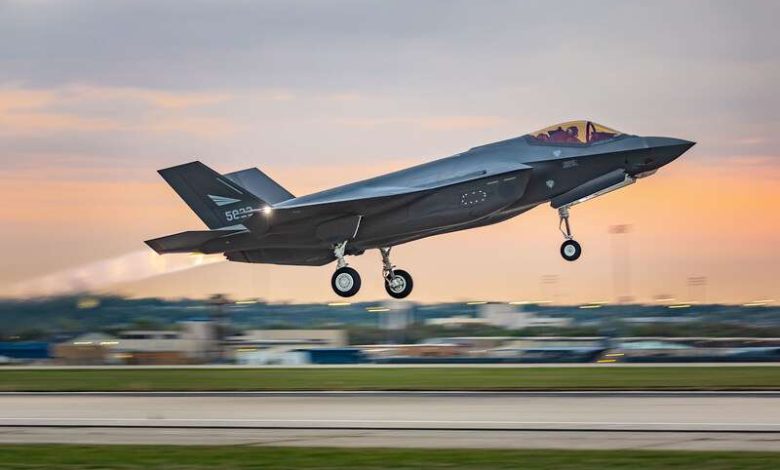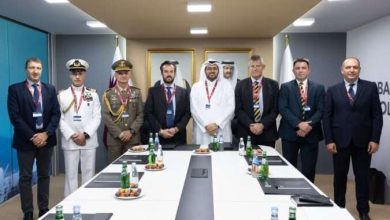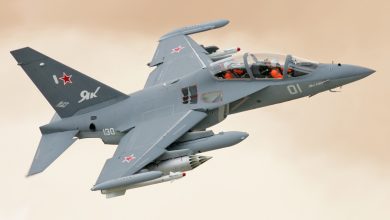
“Norway Leads the Charge as the First F-35 Partner Nation to Complete Its Milestone Program”
Lockheed Martin has successfully concluded the handover of the 51st and 52nd F-35As to the Royal Norwegian Air Force, establishing Norway as the inaugural F-35 partner nation to accomplish its program requirements.
“The F-35 is the premier fighter aircraft globally, and I am extremely satisfied that we will acquire the final units of the 52 jets ordered from Lockheed Martin,” stated Tore O. Sandvik, Norwegian Minister of Defence. “These aircraft ensure our capability to protect Norwegian sovereignty and enhance control over our territories on land, sea, and air.”
The sophisticated capabilities and heightened interoperability of the F-35 significantly bolster Norway’s national defense and collaboration with essential allies throughout Europe, particularly with its nearest neighbors in the Nordic region. The F-35 fleet will be instrumental in safeguarding the High North and supporting NATO operations.
“Norway’s F-35 fleet boosts interoperability among the Norwegian Armed Forces’ defense systems, elevating situational awareness across the entire force and reinforcing transatlantic security,” remarked Chauncey McIntosh, vice president and general manager of the F-35 program at Lockheed Martin. “We are privileged to continue our more than 50-year cooperation with Norway, ensuring that the Royal Norwegian Air Force remains prepared against emerging threats to uphold security for Norway and its partners for many years ahead.”
As a fundamental component of the operational landscape for 20 allied nations, the F-35 promotes peace through strength in the 21st century. With over one million flight hours and a robust global fleet exceeding 1,150 aircraft, the F-35 delivers unparalleled capabilities, fortifying deterrence for allies worldwide. F-35s are operational from 48 bases globally, including 10 nations utilizing them domestically.
As adversaries swiftly evolve technology, the F-35’s extraordinary connectivity and its capacity to collaborate with resources across land, sea, air, space, and cyber domains are crucial for securing the airspace now and in the future.






